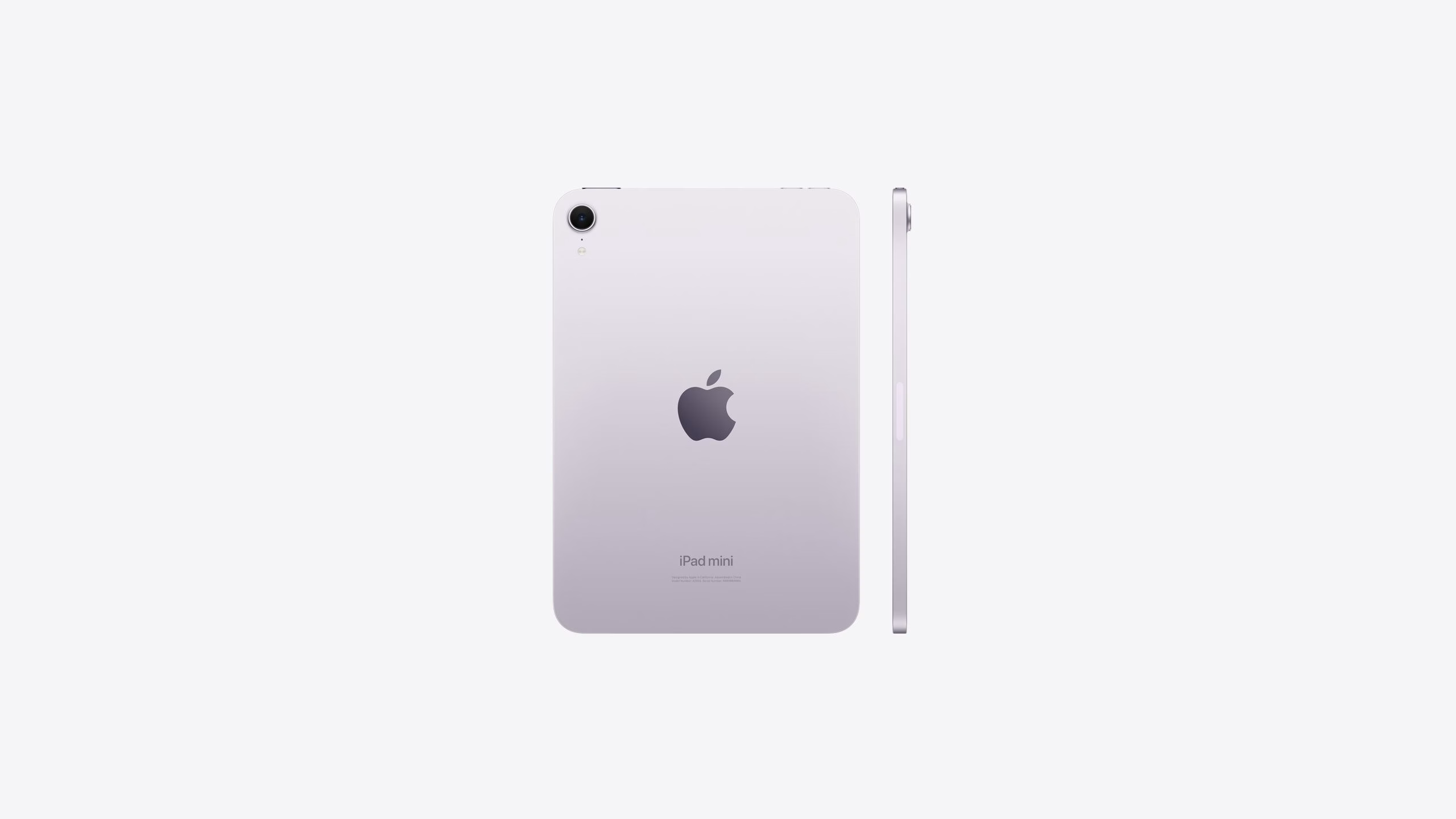Apple Expands OLED Ambitions to iPad Mini, Air, and MacBook Air, Enhancing Durability
Cupertino is making a serious play for display dominance and device resilience, according to a recent Bloomberg report. Apple plans to extend its premium OLED display technology beyond the iPad Pro lineup, bringing it to the iPad Mini, iPad Air, and even the MacBook Air in the coming years. This isn't just about prettier screens either; the company's also eyeing enhanced water resistance for these devices, a move that could significantly alter user expectations for durability. Talk about an upgrade!
The news, initially broken by Mark Gurman on October 28th, citing internal sources and supply chain insights from industry giants like Samsung Display and LG Display, marks a pivotal moment. It signals Apple’s broader strategy to democratize high-end display tech, pushing it down to more accessible price points. If successful, this could certainly shake up the mid-range tablet and laptop markets.
OLED's Broadened Horizon: From Pro to Everyday
For those who've been keeping an eye on Apple's product cycles, the shift to OLED is a big deal. We first saw it on the 2024 iPad Pro models, where the vibrant colors and true blacks were, frankly, stunning. Now, this tech is slated for a much wider audience.
Durability Takes Center Stage: Water Resistance Arrives
Beyond the visual feast, Apple is also tackling a long-standing user request: improved durability. Who hasn't worried about spilling a drink near their expensive tablet or laptop?
Timelines, Pricing, and Market Implications
The staggered release schedule—iPad Air in early 2027, iPad Mini mid-2027, and MacBook Air in 2028—is largely attributed to production yields and the complexities of scaling OLED manufacturing for different form factors. Analyst Ming-Chi Kuo praised the move as "essential for Apple's ecosystem refresh," predicting a sales uplift. However, some, like Jon Prosser, view the timelines as "conservative" when compared to rivals.
While official pricing remains under wraps, estimates suggest the iPad Mini might retain its $499 starting price to maintain accessibility. The iPad Air, however, could see a $100 premium over its LCD predecessors, starting at $599 for the 10.9-inch model. For the MacBook Air, Apple seems intent on minimal price increases, targeting volume sales with starting prices around $999 for the 13-inch model.
Apple’s silent strategy, coupled with Samsung Display's and LG Display's announcements of increased OLED production for "major clients," clearly points to a well-orchestrated plan. This rollout isn't just about selling new devices; it's a strategic pivot to differentiate its product lines, drive upgrades, and cement its position in an increasingly competitive market. One has to wonder, will these delays give competitors a chance to catch up, or is Apple simply playing the long game? Only time, and the supply chain, will truly tell.
